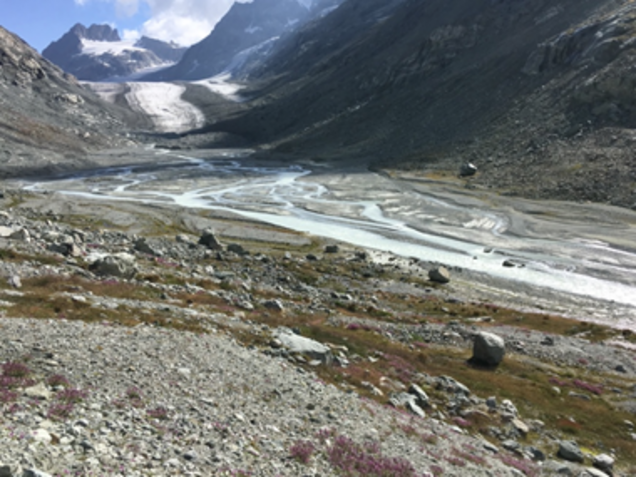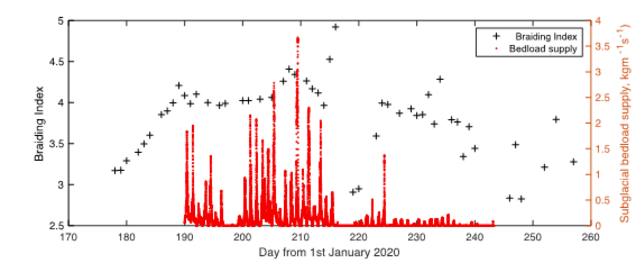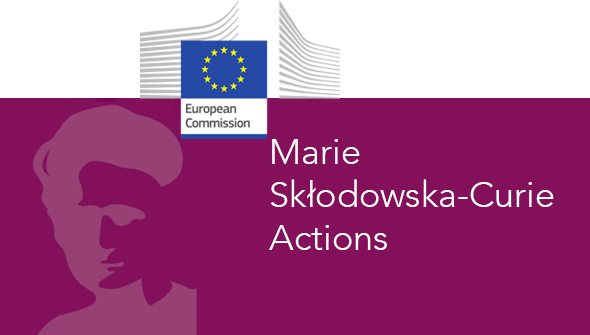ESR11: Seismic sensing of subglacial to proglacial marginal sediment flux
Description:
The processes responsible for glacial erosion are complex and, due to difficulties in their quantification, are only partly understood. This is especially the case underneath glaciers, where measurement is particularly difficult. Measures in glacier snout marginal zones have quantified suspended sediment evacuation by subglacial meltwater and sediment evacuation for both temperate glaciers and ice caps but rarely considered coarser bedload, despite its likely importance for certain glacial erosion processes. Glaciologists typically overlook the contribution of bed sediment erosion to subglacial channel development as compared with friction-driven ice melt.
Seismic methods have the potential to revolutionise our understanding of how bed sediment is transported under glacier margins and into the proglacial environment. Grain impacts associated with the transport of coarse sediments as bedload in subglacial channels generate seismic waves that can be recorded continuously from seismic sensors deployed on ice or on rock, allowing inference of coarse sediment flux.
We will (1) install a network of seismometers in the snout marginal zone of an Alpine glacier, and its associated proglacial area in order to quantify the spatial and temporal evolution of bedload transport at the seasonal scale; (2) calibrate these records using direct sampling, the morphological method and from particle tracing; and (3) test and refine a recently-proposed conceptual model for snout marginal subglacial sediment transport.
Through this work, we will deliver the first complete understanding of how sediment flux underneath glaciers might be implicated in the evolution of subglacial hydrology (how far upstream; under what conditions) and its timescales of variation. It will provide a clear basis for how seismic methods should be used to quantify glacier margin and proglacial bed sediment transport. The data will allow understanding of the relative importance of different subglacial sediment transport mechanisms and so constrain different sources of subglacial erosion.
You can view the advertisement on the UNIL website here.
Keywords: glacial erosion, bedload, subglacial channel, seismic waves.
Host institute: Université de Lausanne, Switzerland
Supervisors: Stuart Lane
Co-supervisor: Micha Dietze (Göttingen University, Germany)
Collaborations: The project will involve strong collaboration with EnvSeis partners notably at the WSL Switzerland, GFZ Germany and at Grenoble, but also more widely given wider interests in the group concerning sediment transfer under and out of glaciers and in rivers. There will also be collaboration with a hydropower company, Alpiq SA.



